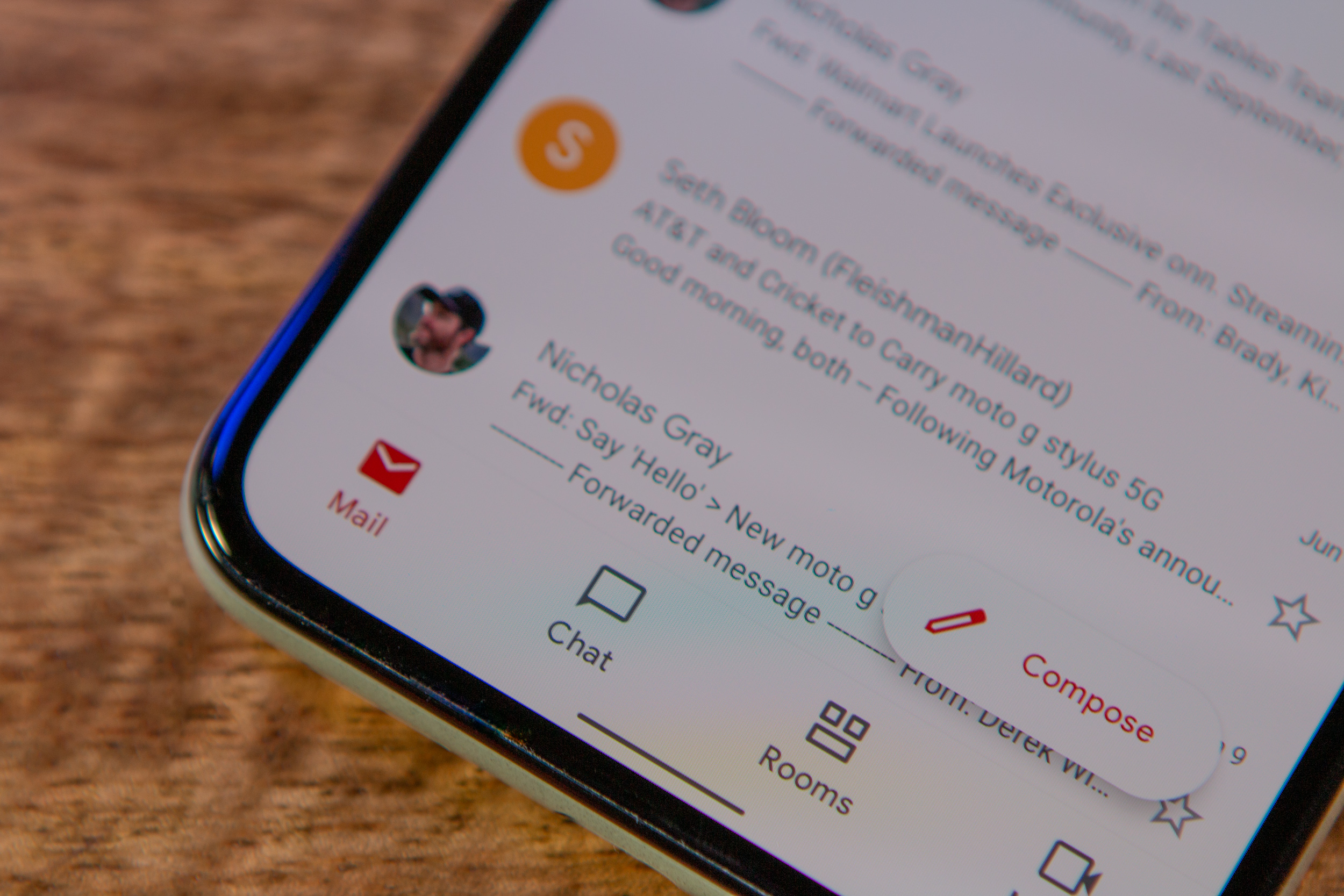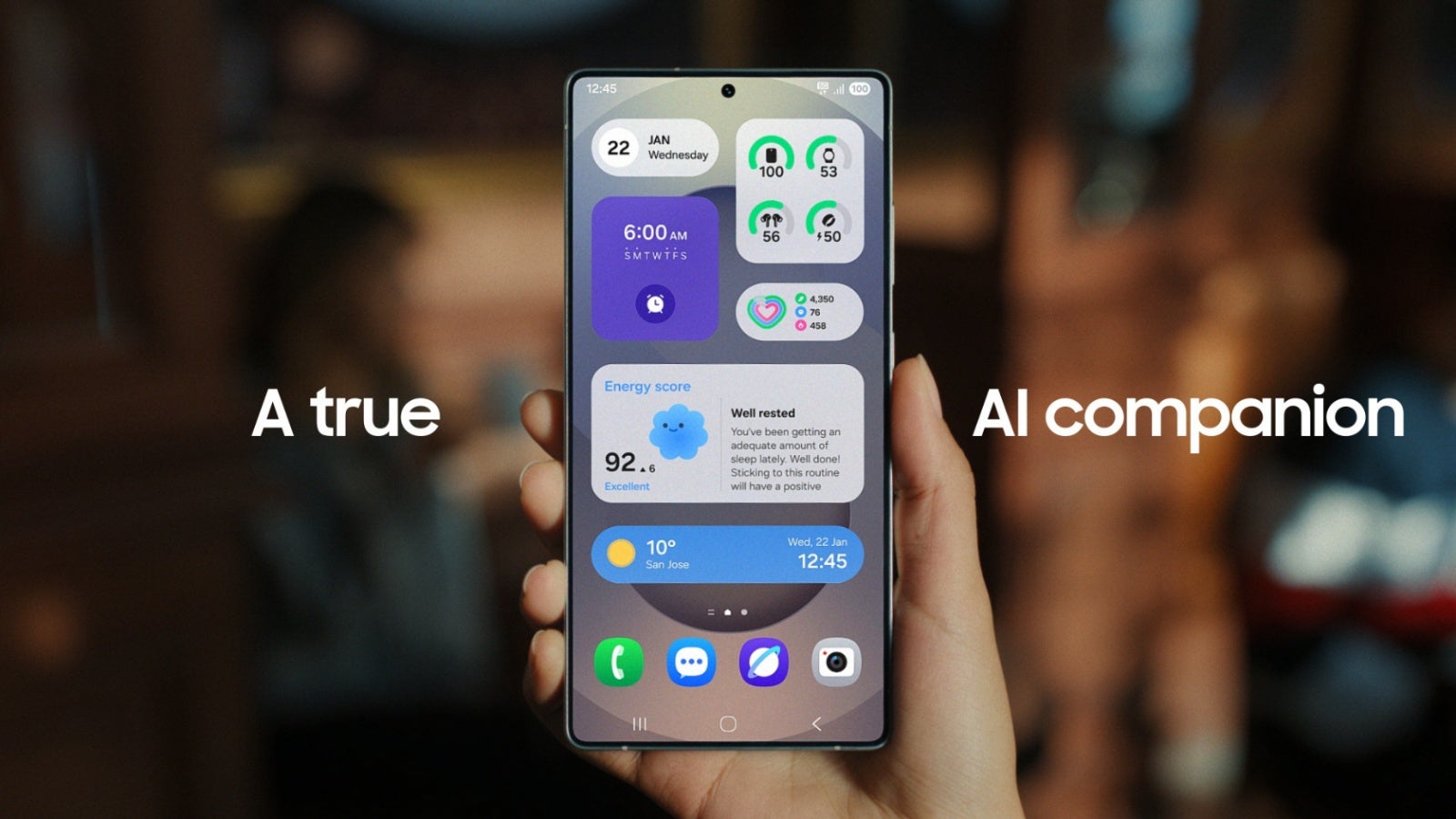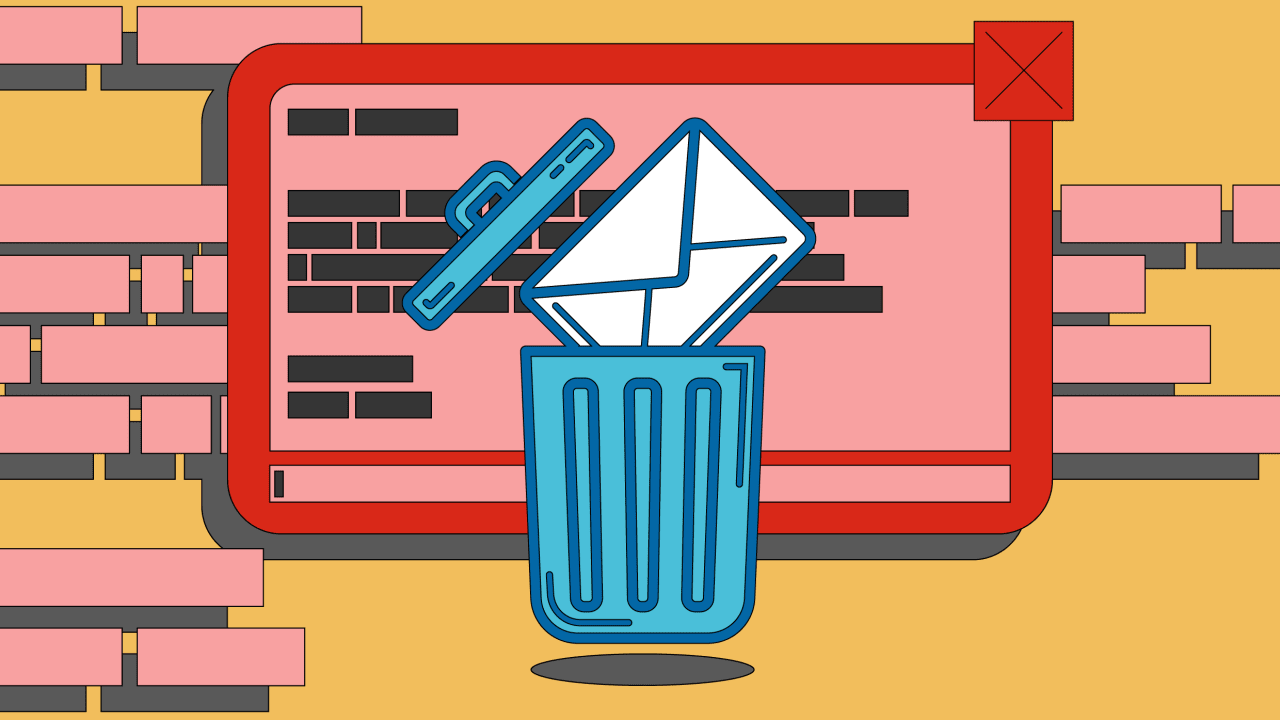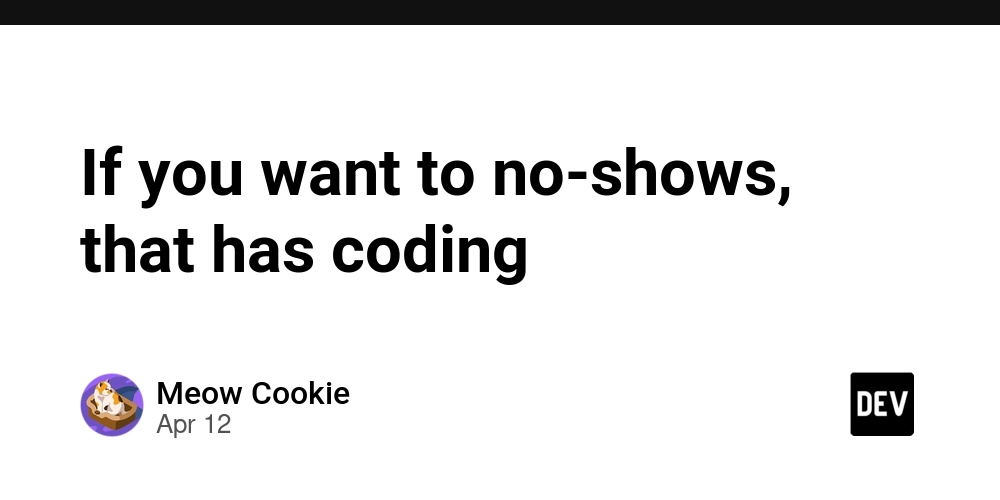Prompt Reuse Strategies 2025
I just present my opinion for the question "Do I need to send the same prompt every time for a repeated task?" That's a great and very real question for 2025, especially as we move toward production-level Gen AI systems. Let’s break it down clearly, with technical depth, practical examples, and the best solution strategy from both performance and architecture standpoints. ❓ Problem Understanding “Do I need to send the same prompt every time for a repeated task?” This seems simple at first, but when you go deeper, it's really about: Cost and latency optimization System design for repetitive tasks Context reuse vs prompt repetition Fine-tuning vs prompt engineering Prompt caching vs memory in LLMs Let’s go step by step. ✅ Short Answer: It depends on your setup and goal. In most cases, yes, you need to send a prompt each time unless: You use session memory or system instructions. You’ve built prompt caching or agent memory. You’ve fine-tuned the model on that repetitive task. You’ve embedded the task as a tool/function using RAG or agents. Let’s explore all these deeply with examples.

I just present my opinion for the question "Do I need to send the same prompt every time for a repeated task?"
That's a great and very real question for 2025, especially as we move toward production-level Gen AI systems. Let’s break it down clearly, with technical depth, practical examples, and the best solution strategy from both performance and architecture standpoints.
❓ Problem Understanding
“Do I need to send the same prompt every time for a repeated task?”
This seems simple at first, but when you go deeper, it's really about:
- Cost and latency optimization
- System design for repetitive tasks
- Context reuse vs prompt repetition
- Fine-tuning vs prompt engineering
- Prompt caching vs memory in LLMs
Let’s go step by step.
✅ Short Answer: It depends on your setup and goal.
In most cases, yes, you need to send a prompt each time unless:
- You use session memory or system instructions.
- You’ve built prompt caching or agent memory.
- You’ve fine-tuned the model on that repetitive task.
- You’ve embedded the task as a tool/function using RAG or agents.
Let’s explore all these deeply with examples.



![[Webinar] AI Is Already Inside Your SaaS Stack — Learn How to Prevent the Next Silent Breach](https://blogger.googleusercontent.com/img/b/R29vZ2xl/AVvXsEiOWn65wd33dg2uO99NrtKbpYLfcepwOLidQDMls0HXKlA91k6HURluRA4WXgJRAZldEe1VReMQZyyYt1PgnoAn5JPpILsWlXIzmrBSs_TBoyPwO7hZrWouBg2-O3mdeoeSGY-l9_bsZB7vbpKjTSvG93zNytjxgTaMPqo9iq9Z5pGa05CJOs9uXpwHFT4/s1600/ai-cyber.jpg?#)





































































































































































![[The AI Show Episode 144]: ChatGPT’s New Memory, Shopify CEO’s Leaked “AI First” Memo, Google Cloud Next Releases, o3 and o4-mini Coming Soon & Llama 4’s Rocky Launch](https://www.marketingaiinstitute.com/hubfs/ep%20144%20cover.png)


















































































































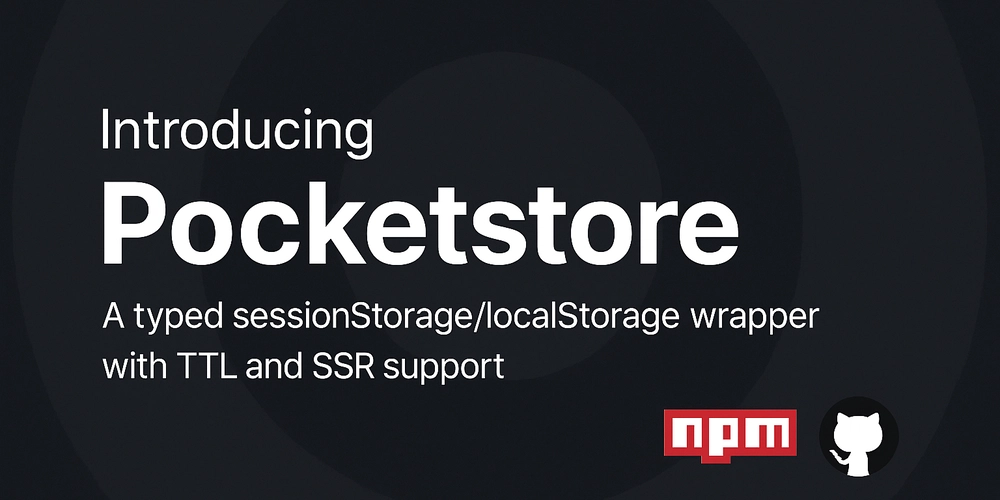






















































































![Rogue Company Elite tier list of best characters [April 2025]](https://media.pocketgamer.com/artwork/na-33136-1657102075/rogue-company-ios-android-tier-cover.jpg?#)








































































.webp?#)




















































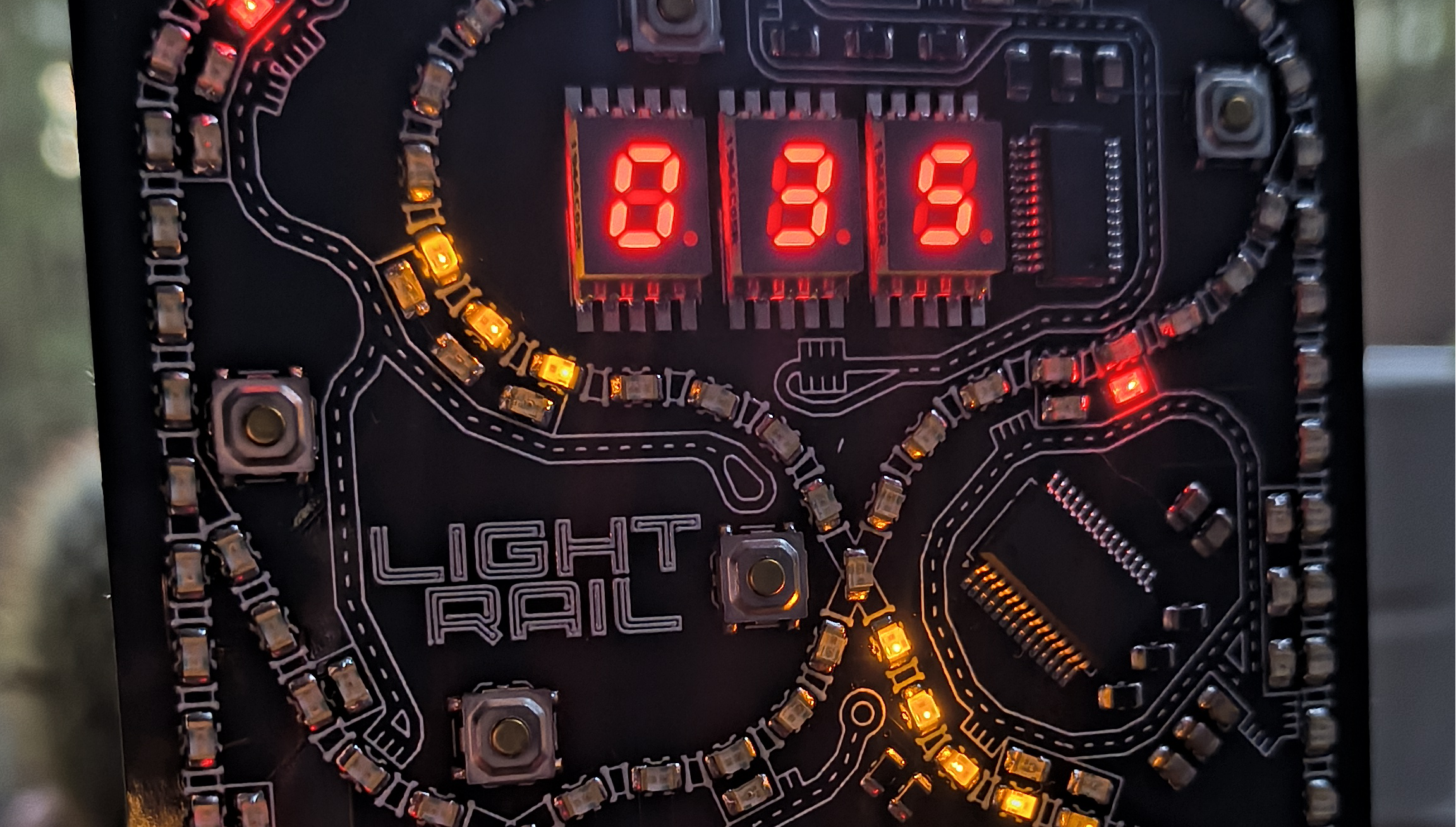
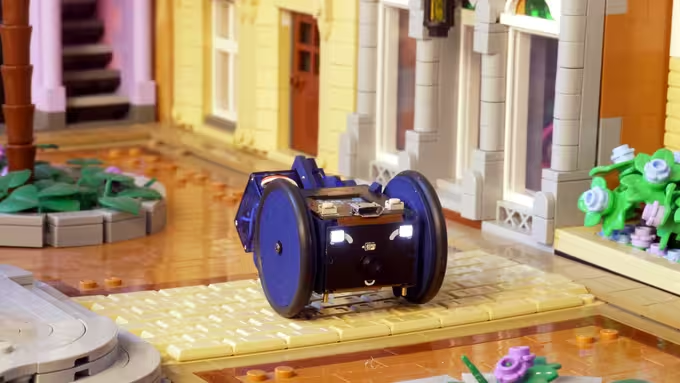










































![Here’s the first live demo of Android XR on Google’s prototype smart glasses [Video]](https://i0.wp.com/9to5google.com/wp-content/uploads/sites/4/2025/04/google-android-xr-ted-glasses-demo-3.png?resize=1200%2C628&quality=82&strip=all&ssl=1)














![New Beats USB-C Charging Cables Now Available on Amazon [Video]](https://www.iclarified.com/images/news/97060/97060/97060-640.jpg)

![Apple M4 13-inch iPad Pro On Sale for $200 Off [Deal]](https://www.iclarified.com/images/news/97056/97056/97056-640.jpg)














